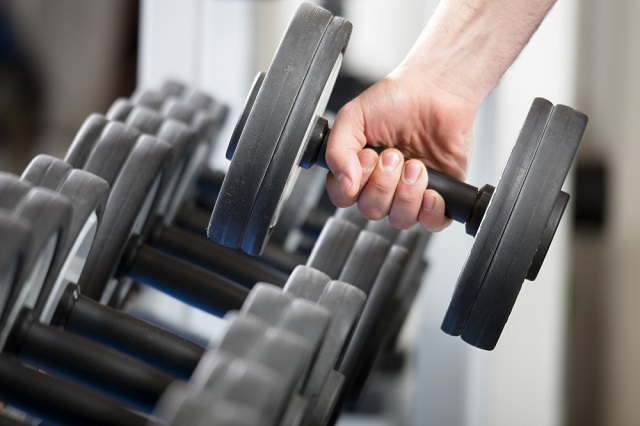
Traditionally, there are two options for people who want to get fitter. You can join a commercial gym and put up with the cost, the rules and the restrictions, or you can buy into the latest exercise equipment fad and get yourself the gadget of the moment to use at home, which will inevitably end up in the back of your closet.
However, there is another option: build your own gym. It may sound like a challenge, and it may sound expensive, but it is neither of those things. With a home gym, you can enjoy most of the facilities that you will find at a commercial gym at a fraction of the cost, and without any of the inconvenience. Where do you start? Here’s a quick guide to the basics.
Setting
Before you begin to plan your gym space, take some time to visualize it. You will be spending a lot of time there, and some days working out will be a struggle, so it can help to create a space in which you feel happy and comfortable. You don’t need to spend a fortune on redecorating. A little paint, a few motivational posters, and a space for your TV or music may be all you need. If you want to produce a positive, clean and bright space, then you could install some stylish window shutters that will make the most of the natural light in the room. When you have your gym space looking just as you’d like it, it’s time to look for your equipment – but where should you start?
Barbell and weights
A barbell is the most important piece of equipment that you will need, and it should be fairly easy to find. Regular bars have a one-inch diameter but won’t really be suitable for heavy work as they can’t cope with more than 200 pounds. Olympic bars are the best option. These are usually seven-foot long and are able to handle all lift requirements. You can spend several hundred dollars on a top Olympic bar, but you can find them for less than $100 if you look around. The same goes for weight plates, and a 300-pound set should be all that you need.
Power rack
The power rack is the focal point of any home gym. Yes, it takes up a fair amount of space, but it has so many applications that you can’t afford not to have one. It also adds a lot to the safety of your home gym, as the pins will help to protect you if you miss your lift, and the J-hooks facilitate free weight exercises. Your rack will often come with accessories such as pull-up bars, band pegs or dip attachments, making it a great all-round addition to your gym setup.
Bench work
There are plenty of exercises that require you to adopt a lying position, so a good bench is a must. When looking for a bench, you should make sure that it will support the weight that you intend to use. Many standard benches are built to cope with 200 pounds, but serious lifters may need one that can handle up to 600 pounds, including body weight.
Dumbbells
The variety of available dumbbells is huge. They come in Olympic and Standard designations, so you can try to match them with your barbell plates. Standard is the best option for those on a budget, and they can often be acquired at minimal cost from garage sales. Selectable dumbbells are another option, though these will be less widely available in the heavier sizes. The most expensive option is to set up a dumbbell rack of the type that you will find in a commercial gym, but this is really only for those with bigger budgets.
Power-up platform
Not strictly speaking an essential, but a platform can pay for itself in the long run by protecting your equipment and your floor, and it will also reduce the noise of the weights. A platform is usually made from plywood and rubber and cost a few hundred dollars, but it is possible to make one yourself from a rubber sheet and a few pieces of plywood, and there are plenty of videos and guides online that will show you how to build it.
Putting together your own home gym will take a little time, some effort and a certain amount of cash, but when it’s done, you will have access to a convenient, tailored exercise facility that will give you the best chance of reaching your long-term fitness goals.


